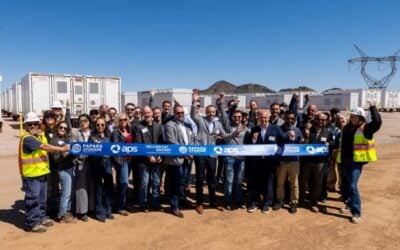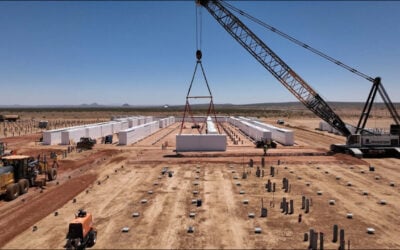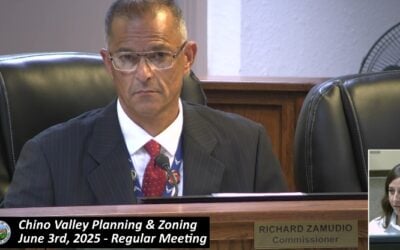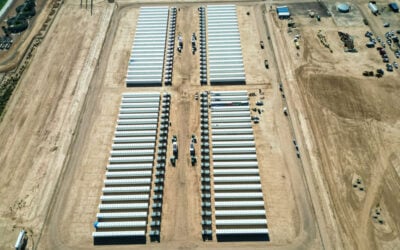
Arizona Public Service (APS) announced Wednesday that rather than rebuild miles of electricity transmission lines, it will install two battery storage systems totalling 8MWh in rural Punkin Center, Arizona — making it one of the first electricity companies in the US to utilise batteries instead of traditional infrastructure.
The two, 4 MWh Advancion batteries are made by AES Energy Storage. Construction on the project is slated to begin in fall 2017. While the use of energy storage to replace or complement the role of traditional wires, cables and substations has long been talked about, with one New York project discussed a few years ago thought to provide an opportunity to save a network operator more than three-quarters of a billion Dollars in upgrades to a substation for utility Con Edison, there has been little in the way of traction since. At present most utility-scale storage systems are providing grid-balancing or renewables integration – or both – rather than being seen as an alternative to transmission and distribution (T&D) infrastructure spending.
Enjoy 12 months of exclusive analysis
- Regular insight and analysis of the industry’s biggest developments
- In-depth interviews with the industry’s leading figures
- Annual digital subscription to the PV Tech Power journal
- Discounts on Solar Media’s portfolio of events, in-person and virtual
Scott Bordenkircher, APS’s director of transmission and distribution technology innovation and integration, said: “This project is a crucial step in the right direction for Arizona’s energy future. Over the next 15 years, APS has plans to add 500MW of storage capacity. This project is indicative of the type of smart grid APS envisions for customers, one that enables people to have more technology in their own homes.”
Currently, APS is using batteries to store excess solar power for use after sunset, with the batteries storing energy to use at peak times and for other functions such as voltage support.
Bordenkircher added: “We are watching as the prices come down on battery technology. Thoughtful implementation of battery storage is key to its future success. For a community like Punkin Center, the rural location, reduced implementation costs and added technological benefits make it the perfect candidate for this technology. ”
The batteries will increase power reliability to serve the community of 600 residents — who are located roughly 90 minutes northeast of downtown Phoenix.
The battery project will be built with the capability to boost its energy capacity if necessary over the next five to 10 years. The 4-MWh battery storage systems are expected to be operational by early 2018.
Incidentally, Arizona is starting to be seen as an interesting region for energy storage and solar-plus-storage in particular, with one other utility, Tucson Electric Power (TEP) having signed a recent PPA (power purchase agreement) for renewable power for less than three cents per kilowatt-hour, from a 100MW solar PV array coupled with a 30MW/120MWh energy storage system.






